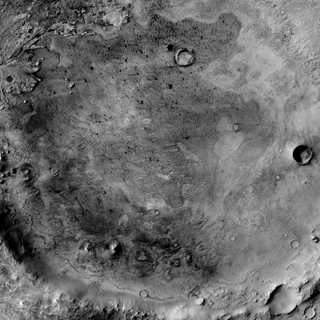Scientists have discovered that Pluto’s atmosphere is beginning to disappear and refreeze onto its surface. The farther away from the Sun it moves, the more pronounced the disappearance becomes.
But unlike what Rick and Morty suggested, Pluto’s latest crisis isn’t a result of the planet’s ruler, King Flippy Nips, mining the planet’s core for plutonium to power cities. The indiscriminate use of the planet’s resources by capitalist Plutonians was simply a projection of what’s going on here on the Earth. And, well, it was fictional. But while the resultant shrinkage of the planet may be imaginary, the gradual disappearance of its atmosphere is not.
As Space.com suggested, the planet is “going through a strange transformation.”
According to NASA, Pluto has a “thin, tenuous atmosphere” made up primarily of nitrogen, just like the Earth’s. Pluto’s atmosphere expands when closer to the sun and condenses as the distance between them increases.
The dwarf planet — as it’s now called — takes 248 Earth years to complete one revolution around the sun. Therefore, Pluto has been moving farther and farther away from the sun on its elongated orbit for the last quarter of a century..
Related on The Swaddle:
A Huge, Mysterious Object Is Hovering on the Edge of the Solar System
However, until 2018, surprisingly, Pluto’s atmosphere’s surface pressure and atmospheric density were on the rise despite the planet’s journey away from the sun. That’s why scientists found its atmosphere’s gradual disappearance unexpected.
They do have an explanation for it, nonetheless. “The continued persistence of Pluto’s atmosphere suggests that nitrogen ice reservoirs on Pluto’s surface were kept warm by stored heat under the surface. The new data suggests they are starting to cool,” Leslie Young, who specializes in modeling the interaction between the surfaces and atmospheres of icy bodies in the outer solar system at the Southwest Research Institute in the U.S., said in a statement.
A team of astronomers, including Young, found out about the disappearance of Pluto’s atmosphere when they deployed telescopes at numerous sites across the U.S. and Mexico to check up on the erstwhile planet at a moment when it was going to be briefly backlit by a star. The rate at which the star disappeared and reappeared — as Pluto passed by it — determined the density profile of its atmosphere. This took place on August 15, 2018.
The team analyzed its observations, and Young presented their findings before the 53rd American Astronomical Society Division for Planetary Sciences Annual Meeting this month.
Interestingly, twelve years before this observation, in August of 2006, Pluto was stripped of its planetary status. Now, it appears to be losing its atmosphere too.




